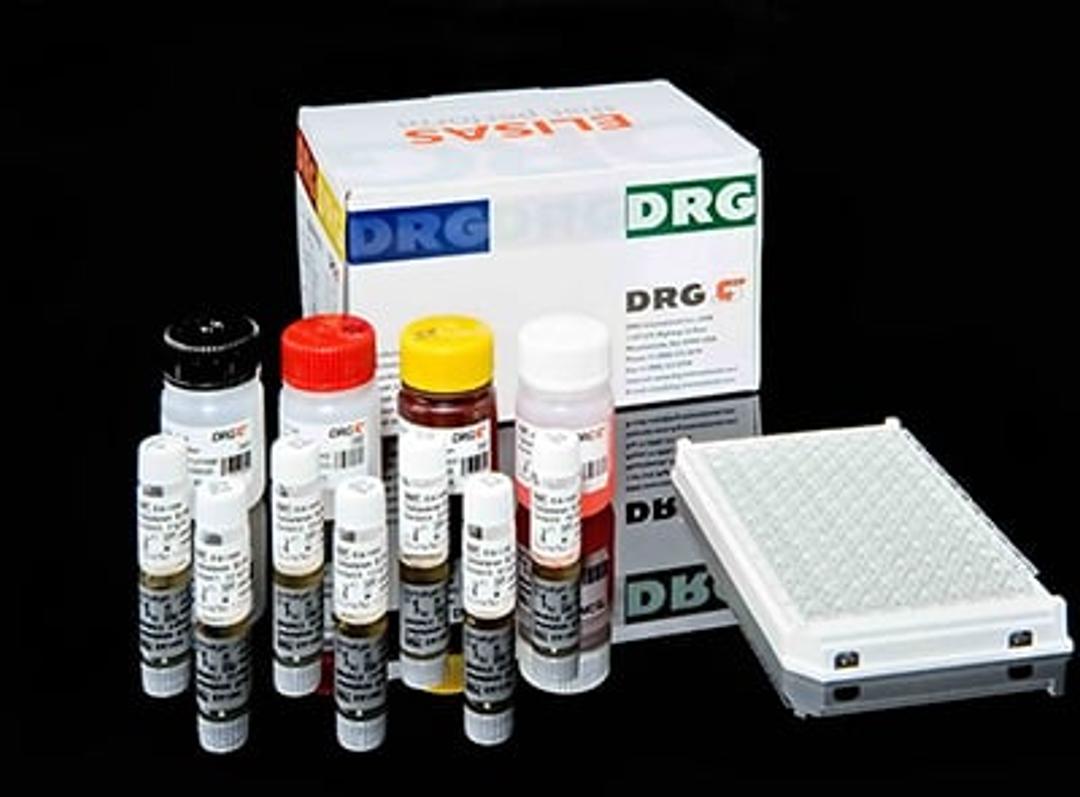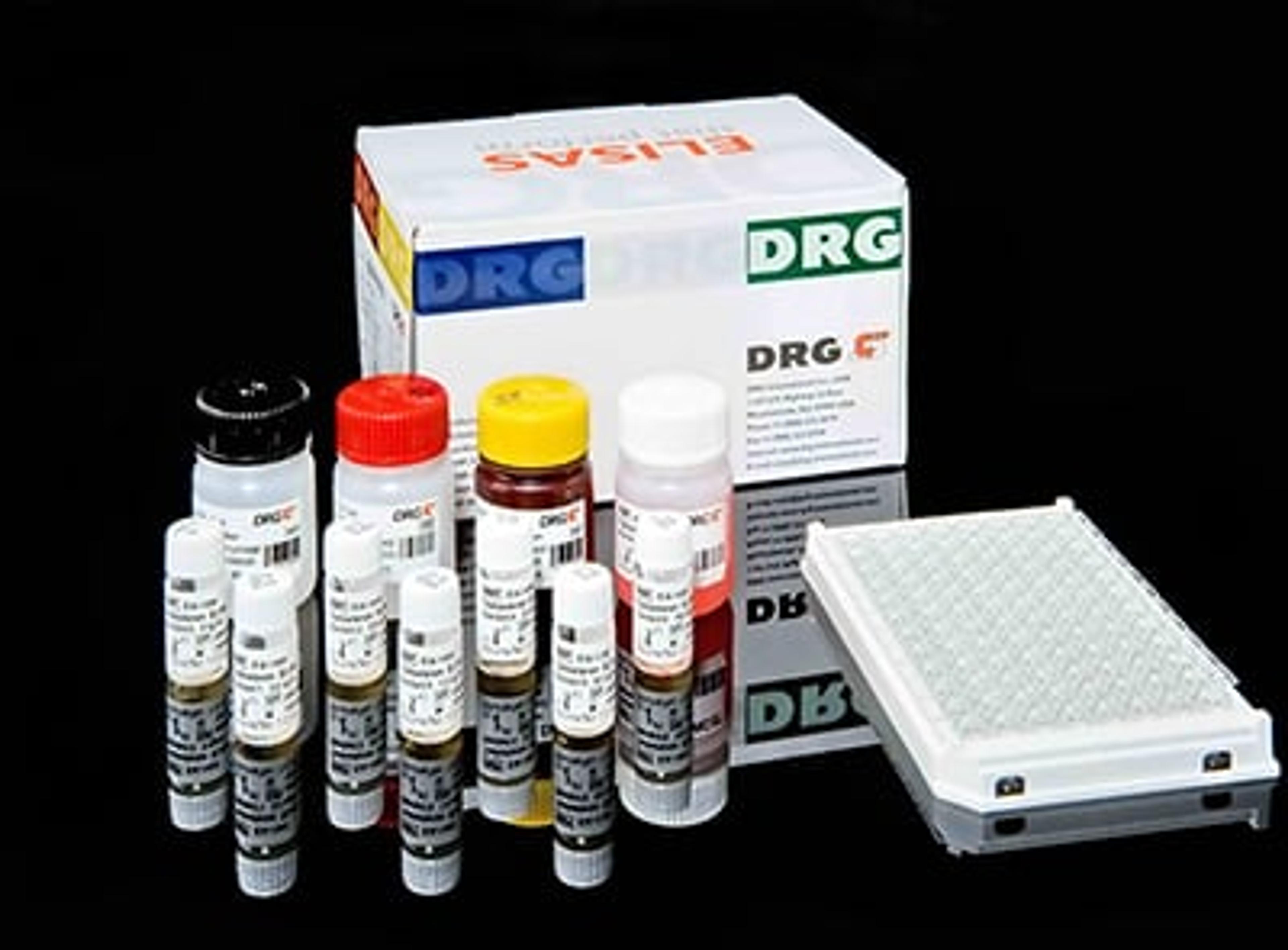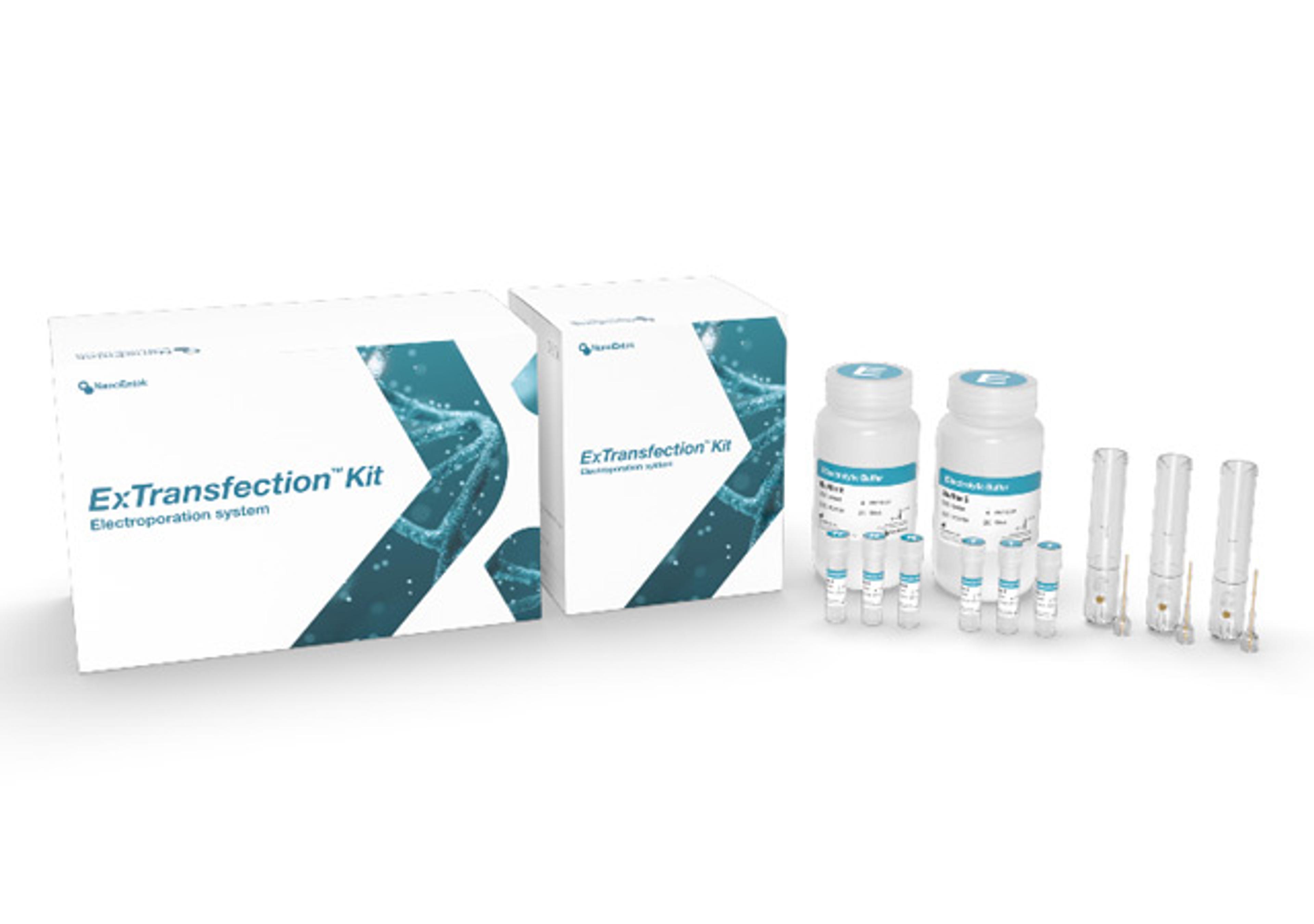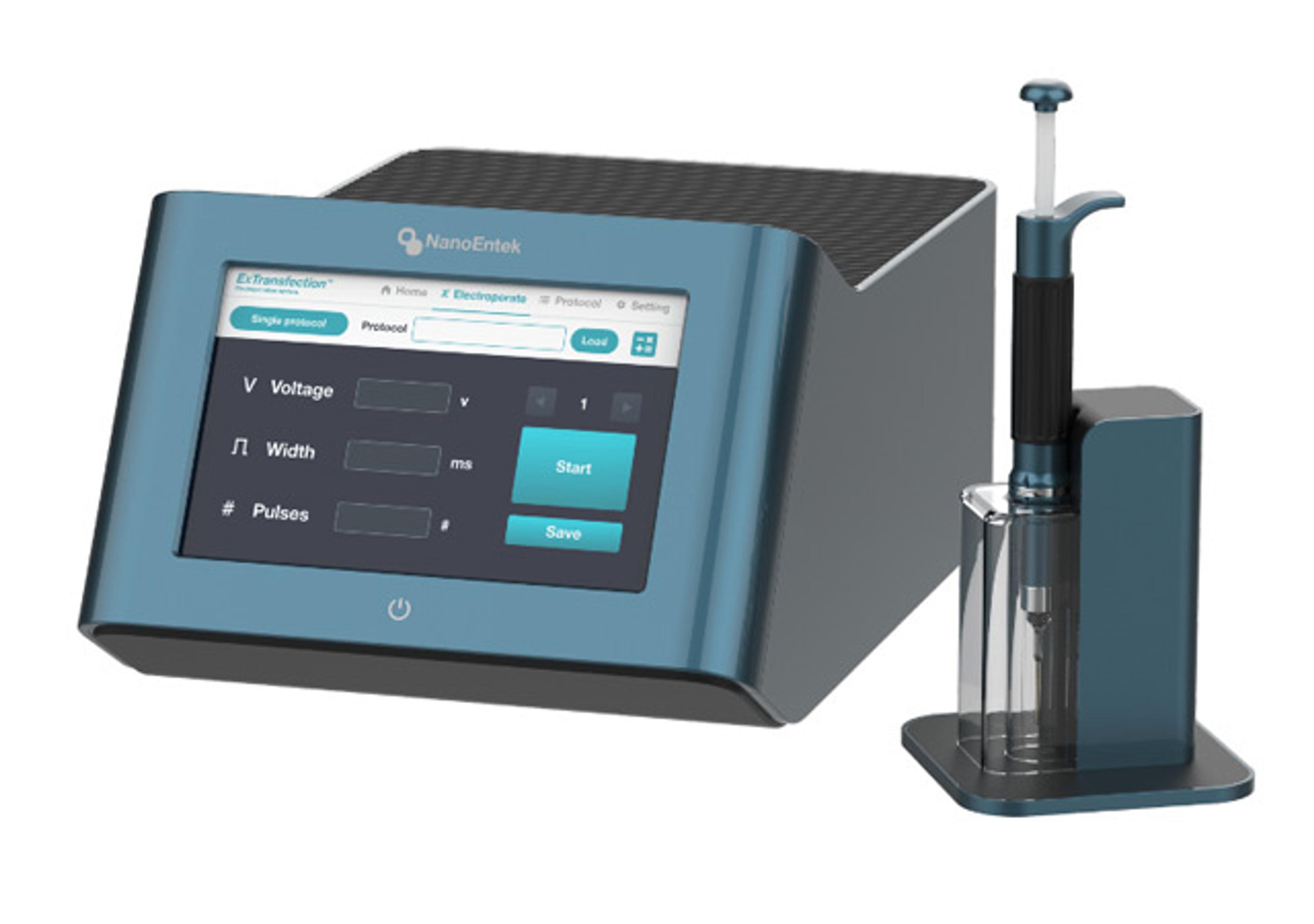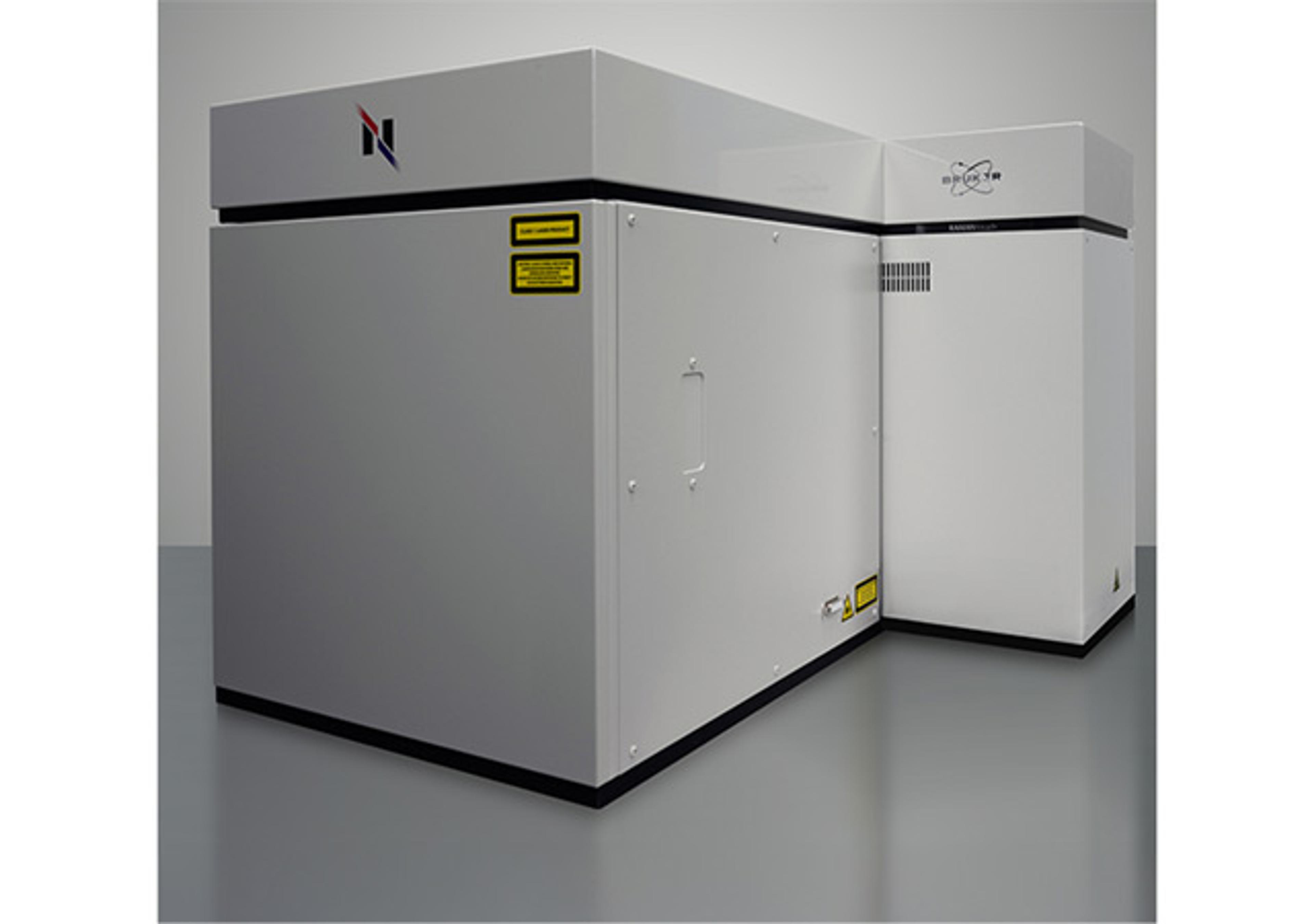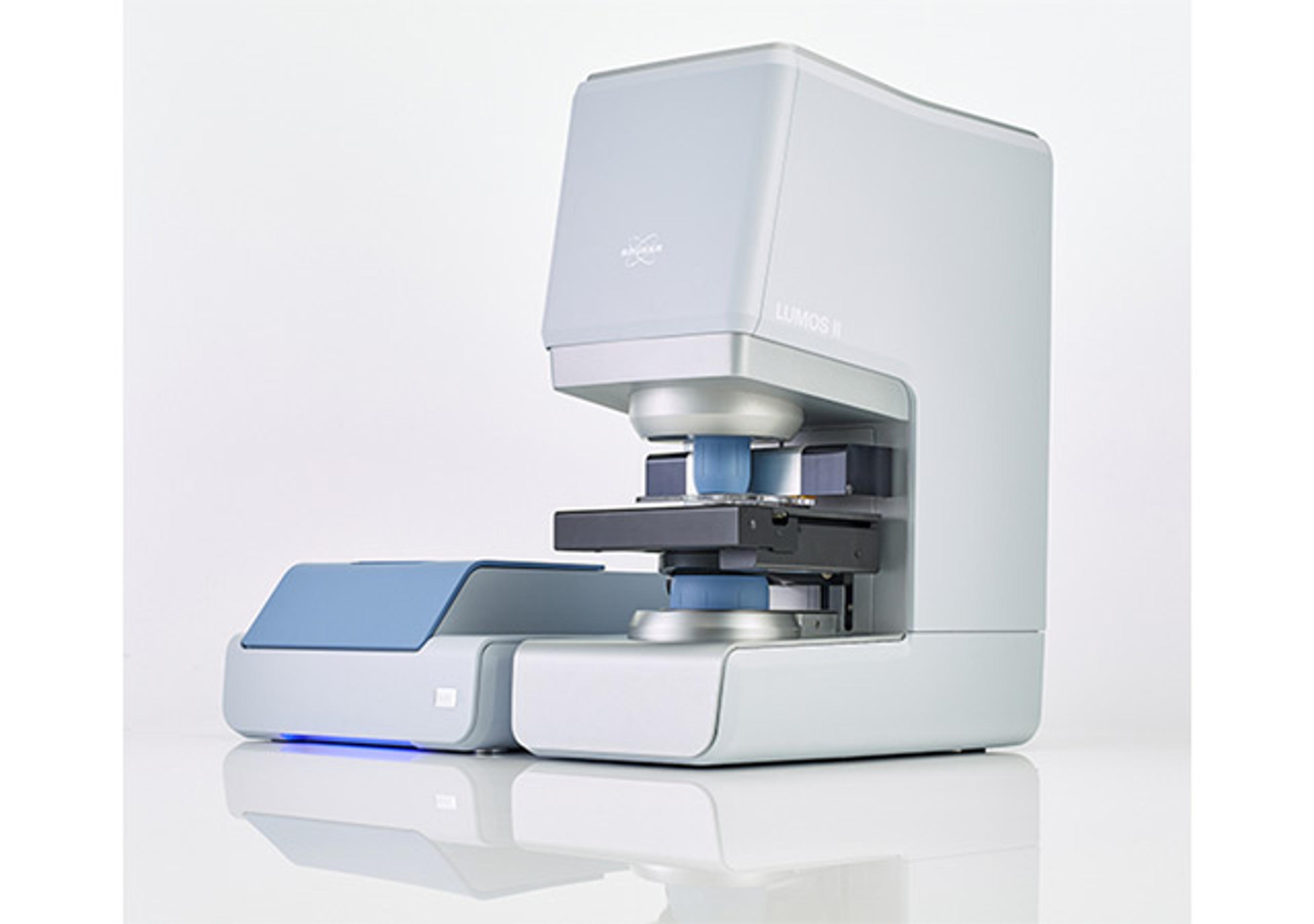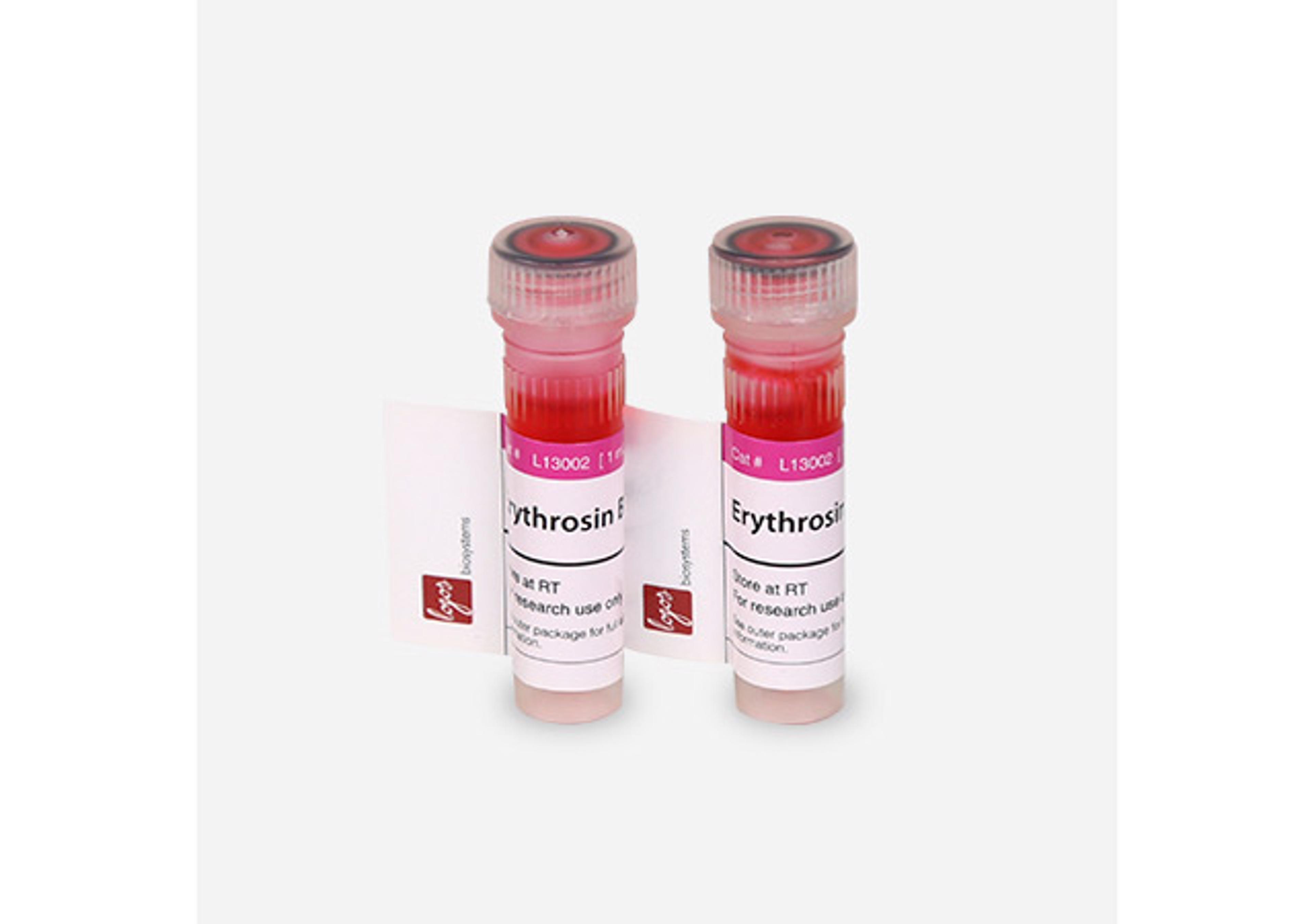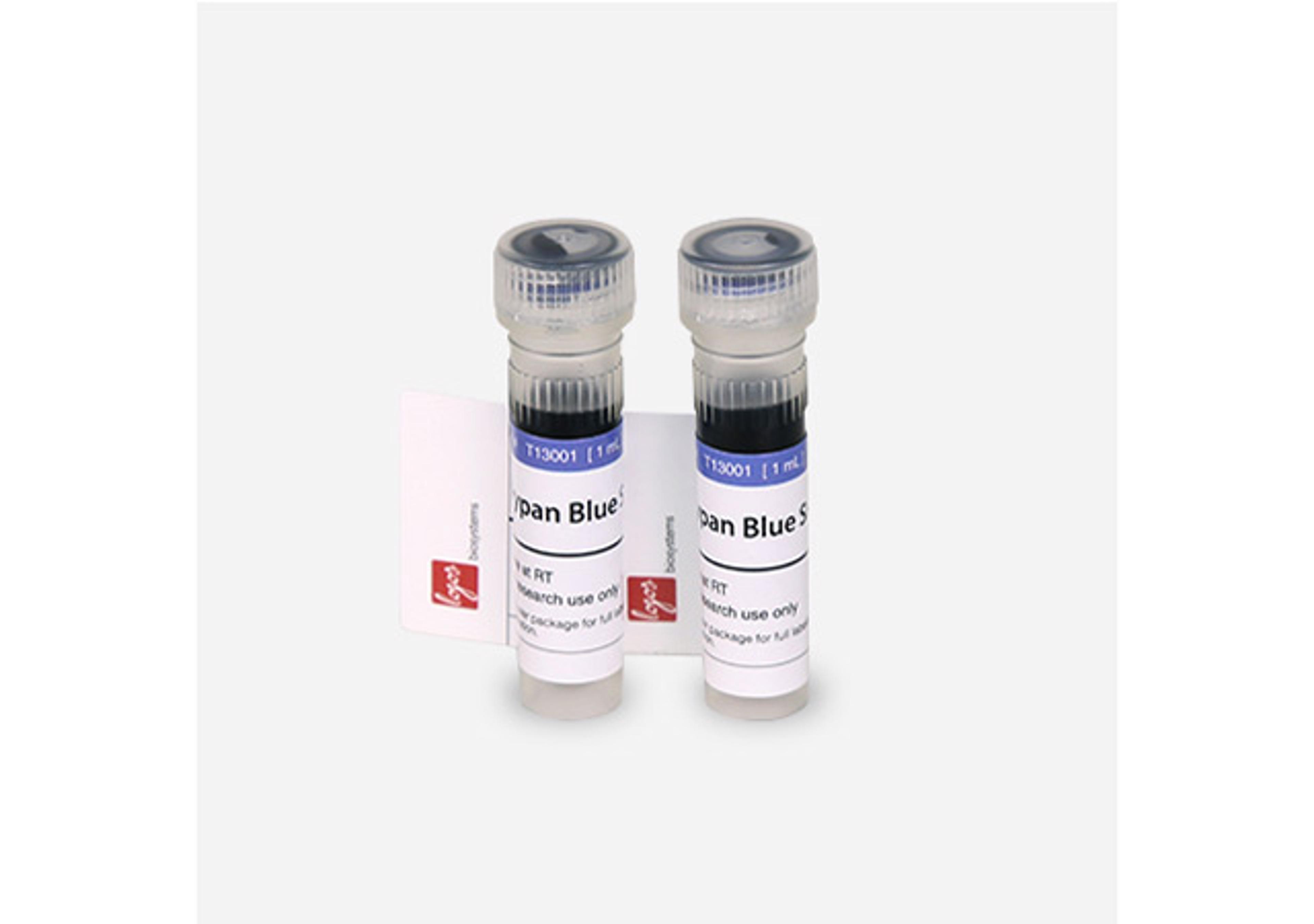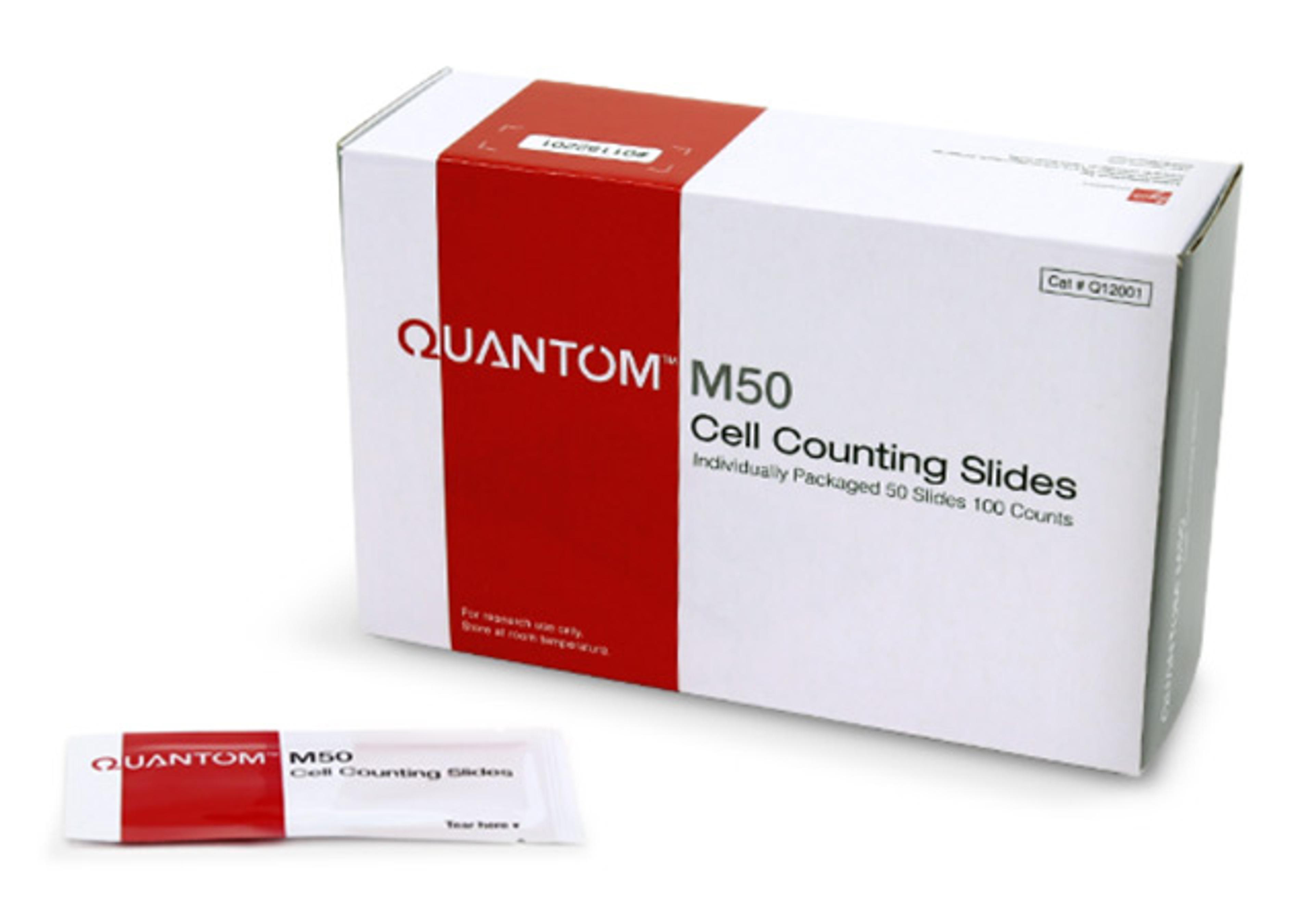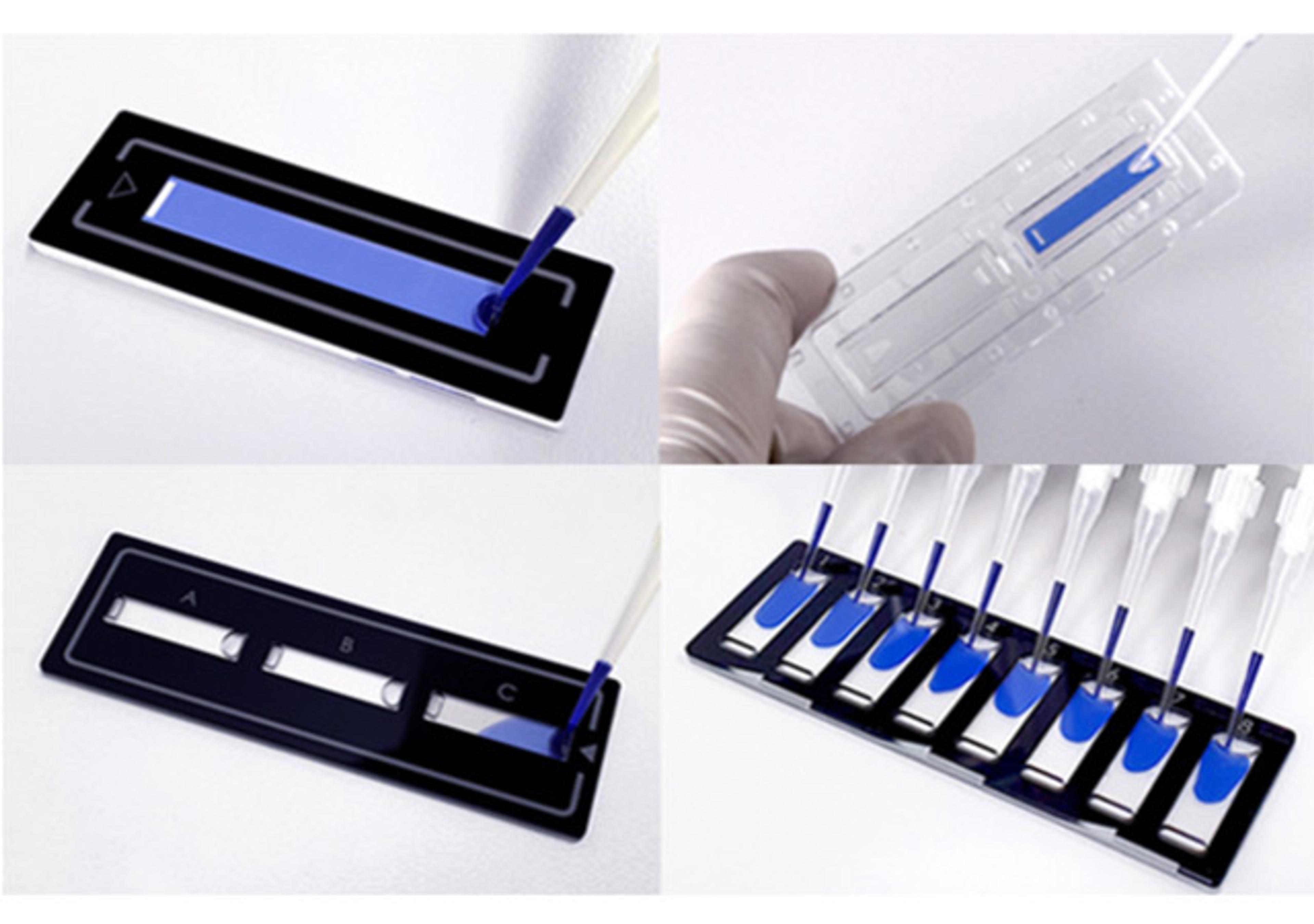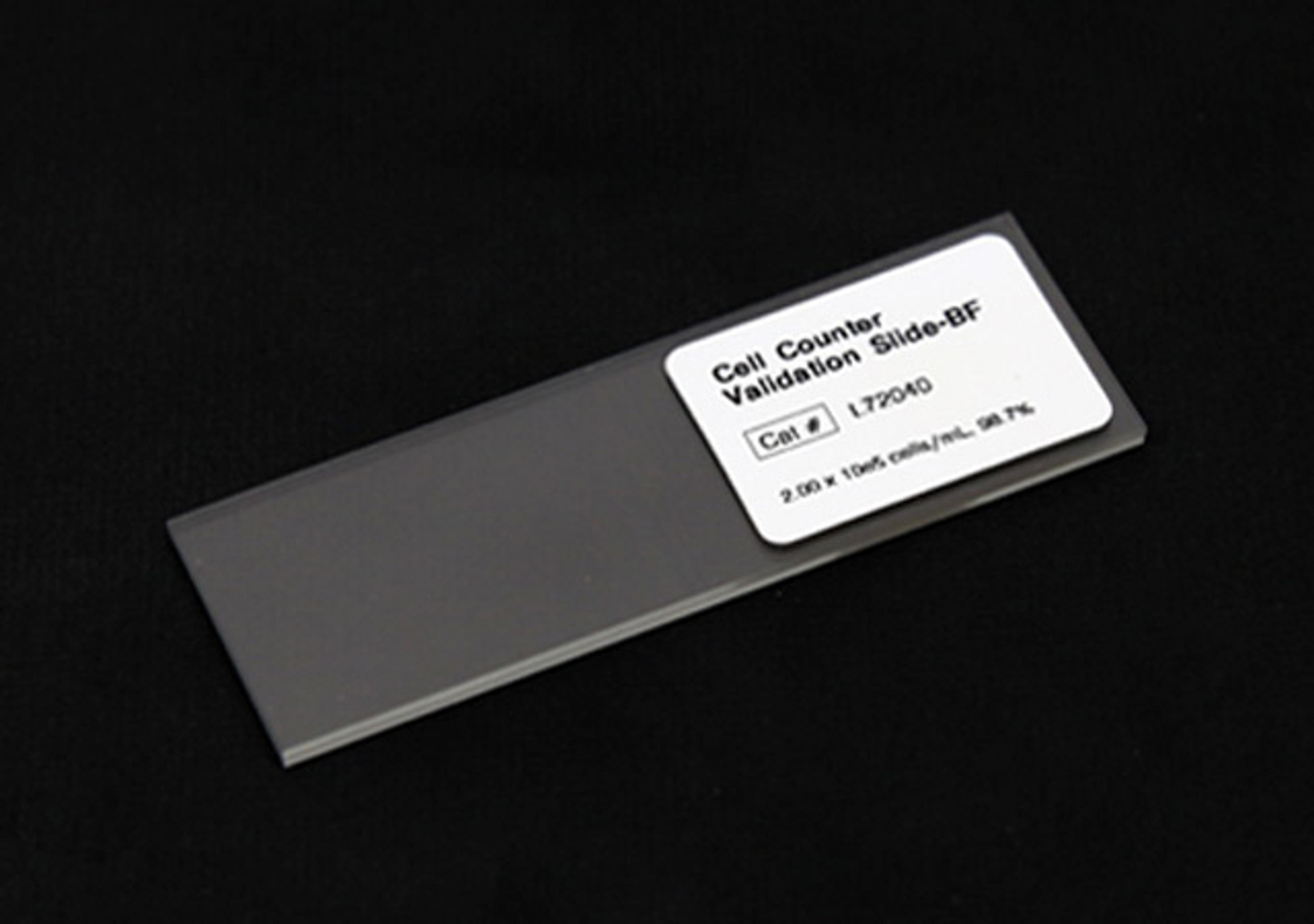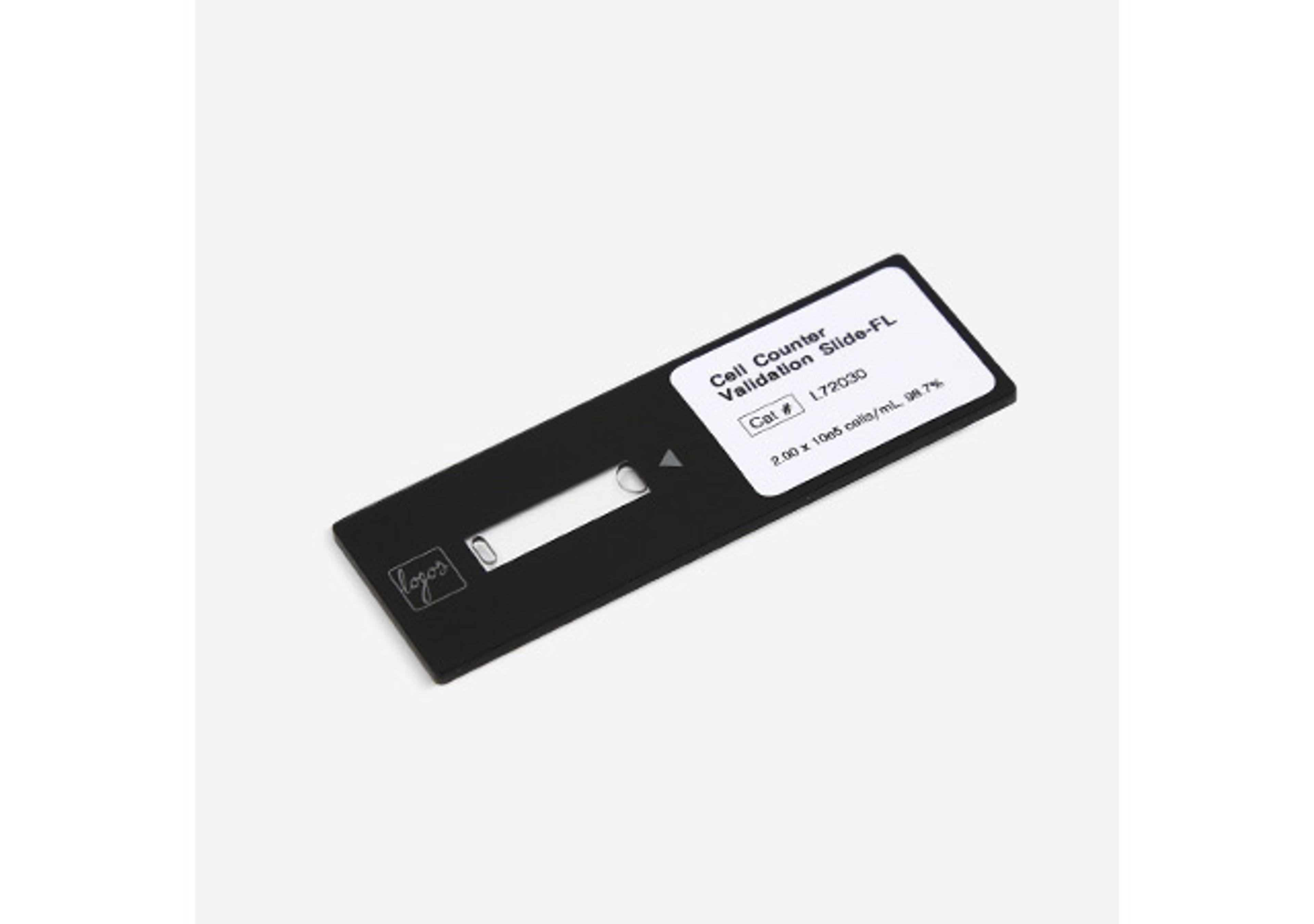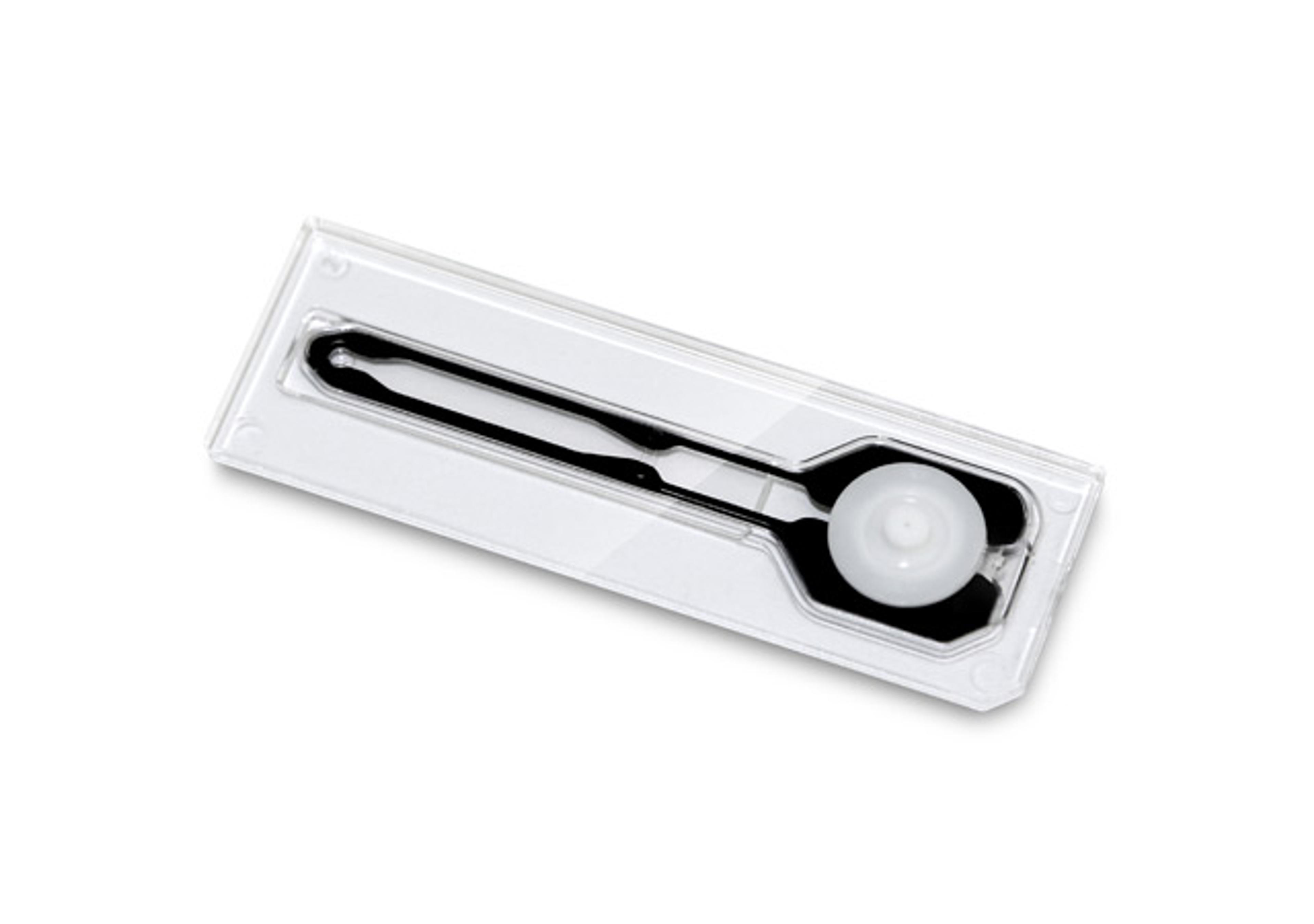sE-Selectin
High Quality Assays with Reproducible and Reliable Results

The supplier does not provide quotations for this product through SelectScience. You can search for similar products in our Product Directory.
The human sE-selectin ELISA is an enzyme-linked immunosorbent assay for the quantitative detection of human sE-selectin. The human sE-selectin ELISA is for in vitro diagnostic use.Not for use in therapeutic procedures..Endothelial Leukocyte Adhesion Molecule-1 (ELAM-1, E-selectin) belongs to the selectin family of adhesion molecules. Together with LECAM-1 (L-selectin) and GMP-140 (P-selectin), E-selectin mediates the initial interactions of leukocytes and platelets with endothelial cells. Molecular structure: The extracellular part of all selectins consists of an aminoterminal c-type lectin domain which specifically binds to carbohydrate ligands. This is followed by an EGF-like domain, and, in the case of sE-selectin, by 6 short consensus repeats. The transmembrane portion of the molecule is followed by a short cytoplasmic tail. Selectins guide non-activated polymorphonuclear cells to the areas of inflammation in creating first, loose contacts with the endothelial layer. The potential binding partner of E-selectin contains sialyl LewisX oligosaccharide. Other suitable ligands for the lectin domain of E-selectin are sialylated, fucosylated lactosaminoglycans. Together with GMP-140, E-selectin is expressed on cytokine-activated endothelial cells, and contributes to the adhesion of still resting leukocytes to the endothelium. This initial binding event is an essential prerequisite for the activation of the immune cells via different inflammatory mediators. In contrast to GMP-140, sE-selectin is maximally expressed 2 - 4 hours after cell activation. Within the next 24-48 hours sE-selectin is again eliminated from the cytoplasmic membrane by shedding into the circulation. The circulating form or soluble (sE-selectin) of this selectin exerts chemotactical signals on neutrophils and additionallyactivates the 2-integrins - sE-selectin assists in preparing the migration capacity of these cells.Determination of sE-selectin could provide more detailed insights into the pathological modifications during various diseases:-Allergic reactions: The transient influx of neutrophils into the respiratory tract, due to an inflammatory response is predominantly mediated via E-selectin. A functionalrole for this molecule in the development of acute airway inflammation in vivo has been demonstrated. Additionally, E-selectin may be of particular importance for the start phase of allergic contact dermatitis.-Ocular diseases: The presents of E-selectin on retinal vascular endothelium suggests an important role for this selectin in the pathogenesis of immunologically mediated ocular conditions.-Septic shock: E-selectin seems to be involved in the pathogenesis of "multiple organ failure (MOF)" during septic shock.-Vascular infection and inflammation: The levels of sE-selectin in patients with a recent onset of giant cell arteritis or polyarteriitis nodosa are significantly higher than innormal controls.-Inflammatory bowel disease: E-selectin is expressed on colonic endothelial surfaces in association with inflammation.-Transplantation: Increased E-selectin expression on endothelial cells is found in graft-versus-host-disease.An anti-human sE-selectin coating antibody is adsorbed onto microwells. Human sE-selectin present in the sample or standard binds to antibodies adsorbed to the microwells. A HRP-conjugated anti-human sE-selectin antibody is added and binds to human sE-selectin captured by the first antibody. Following incubation unbound HRP-conjugatedanti-human sE-selectin is removed during a wash step, and substrate solution reactive with HRP is added to the wells. A coloured product is formed in proportion to the amount of human sE-selectin present in the sample or standard. The reaction is terminated by addition of acid and absorbance is measured at 450 nm. A standard curve is prepared from 6 human sE-selectin standard dilutions and human sE-selectin concentration determined.

